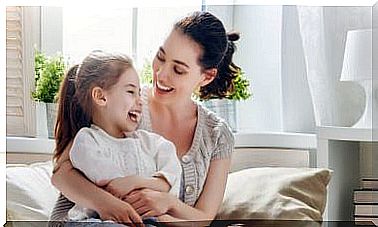Help Your Children To Control Emotions From A Young Age
Emotions are the substance that sweetens or sour our lives. Managing and expressing them in a healthy way is fundamental and one of the greatest legacies that, as parents, we can leave to our children.
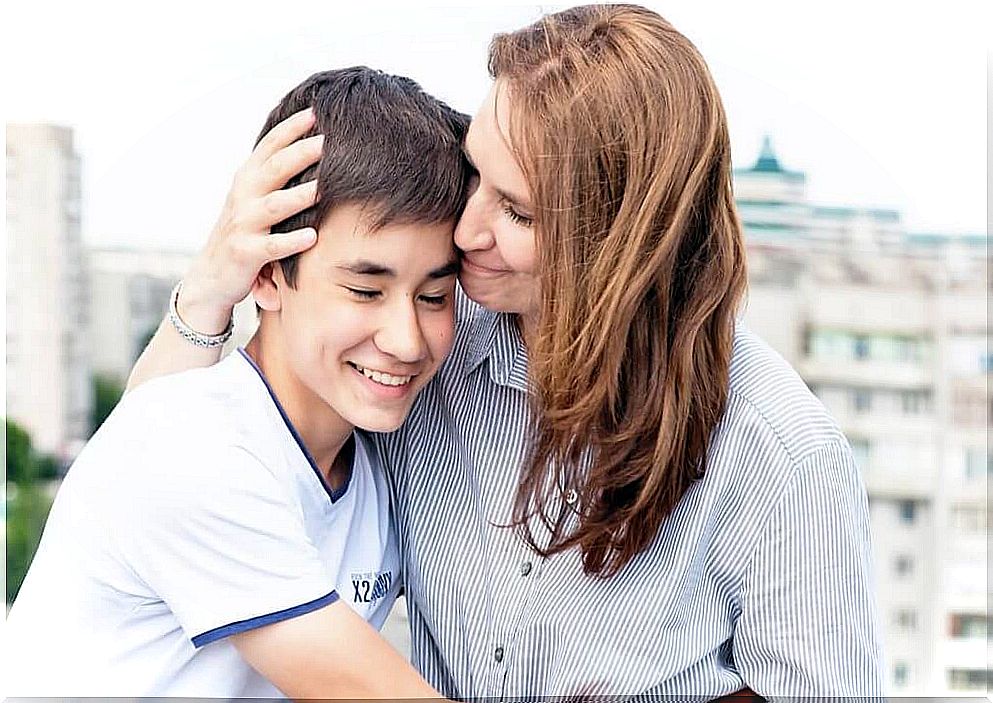
From the age of 2, every child can be initiated on the path of controlling emotions. If adults find it difficult to intelligently manage the emotions we feel, how can we teach our children to regulate the emotions they feel?
First, think about this: how many times has your child seen you lose your cool in the traffic jam? How many times has he seen you interrupt the one who is speaking or lying? Now in reverse: how many times have you seen your child mocking his sister or lying even when he knows it is wrong and you disapprove?
In both children and adults, the answers coincide: they have been carried away by the emotion that invaded them at that moment. Of course, it has happened to all of us at some point in life, regardless of age. The relevant thing is to understand that the regulation of emotions is a fundamental component of mental and emotional balance.
Know, recognize and control emotions
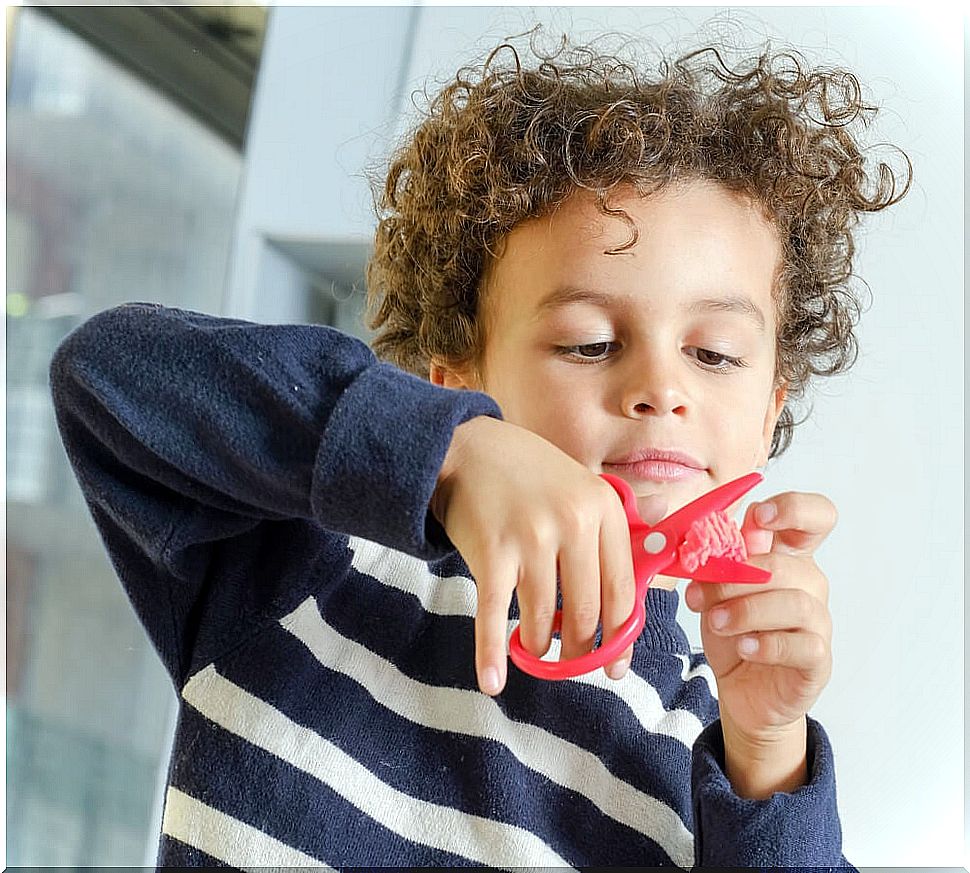
Today, our children’s educational process includes helping them manage their emotions. A child who manages to regulate his emotions improves many aspects of his life, such as:
- Pay more attention.
- Study more and achieve more in school.
- You are in a better position to resolve conflicts with your peers.
- It behaves better.
- He cares more about others.
How can it be achieved? The key is to know, recognize and control emotions. In psychology, 6 basic emotions are recognized: fear, surprise, joy, sadness, anger and disgust, as this study published in the Research Yearbook points out .
Strategies for controlling emotions
Some of the strategies you can use to teach your children to control emotions are the following.
Identify emotions
At 5 years old, a child has to know how to determine if he is sad or angry, express it and act constructively. At 10-11 years of age, emotions are more complex, but you still have to learn to identify them, as shown in this work published in the Act of Psychological Research . You can help your children express and recognize their emotions with expressions like these:
- “We had a great time at Grandma’s house. How happy you were!
- “I understand that you are sad that your sister does not want to play with you.”
Clarify expectations to control emotions
Avoid surprises that can trigger an angry response; that you know what is going to happen even if it is something that you do not like or do not want to do. At the same time, be firm with the decision you make. For example:
- “We are going to the aunt’s house because I have to talk to her. Bring some toys for you to play with while we talk ”.
- “I want you to know that in a few minutes we will be leaving the park; we have to go home ”.
Take a break

Prepare a quiet and comfortable place at home, with pillows or cushions so that your child can go to think and relax when things do not go as expected. This way, he will know that you are interested in his feelings.
Play self-control
To control emotions, it is important to learn patience and wait. During a walk, agree on the following: every time you say a certain word, your child will have to stop and wait (he will be paralyzed) until you say the word that allows him to move again.
Develop empathy
Invite him to put himself in the place and circumstances of others to develop empathy. Accept that you can feel the same as he feels. Questions are a great tool to make you reflect on what you are feeling and your behavior. For example:
- “I know you are hungry and want to eat. I also get upset when I’m hungry, but we have to wait for dad to come. “
- “How do you think your sister feels after I yelled at her like that?”
Reward and praise to control emotions
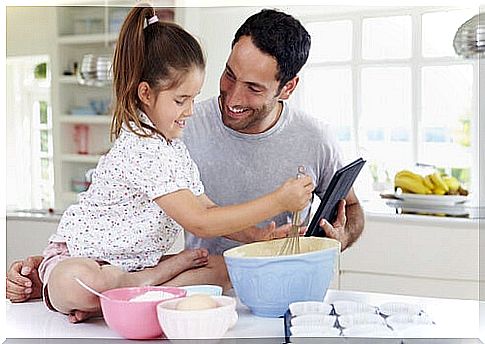
Reinforce positive behaviors with affection. You do not have to reward with objects or gifts, it is enough for the child to understand that, when it is regulated, you are pleased that it has achieved it. For example:
- “Good thing you didn’t interrupt me while I was on the phone. I appreciate that you waited for me ”.
- “Thank you for helping set the table. Now you can choose what you want for a snack ”.
Actions and consequences
It is preferable to dialogue and agree than to respond with aggression or violence. If the little one misbehaves with someone, he must learn to apologize. In the same way, he must learn to forgive when they misbehave him. Actions have consequences, so you have to learn that it is better to make good decisions. For example, you can say something like:
- “He is still your friend, although he did not lend you the toy.”
- “Even though he hit you, you can forgive him and still be friends.”
Set an example
When your child is out of control is when you most have to show that you are capable of self-control. Nothing you say will have more impact than what you demonstrate with the facts. If you yell, he will learn to yell back. If you catch up with him and speak calmly and quietly to him, he’ll learn that he can control his anger at any time.
Practice together to control emotions
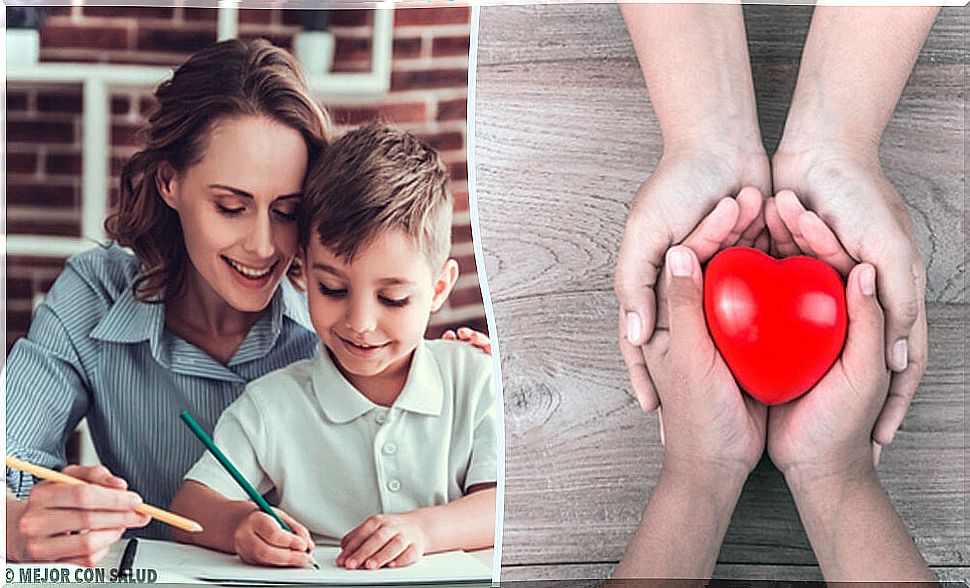
With situations that make him upset (not lending him toys that do not belong to him, for example), practice what is the best way to act. Also, help him identify which is the wrong way. Practice will help your child to better control himself when the circumstance that affects him arises.
Speak calmly
When you have a problem or a situation that overwhelms you, you must learn to speak without losing your cool. To learn to express yourself without being overwhelmed or upset by emotions, your example is essential. You can tell it something like:
- “I am also upset because I fight with you, but calm down, calm down and tell me what happened.”
- “I’m tired too, but we can rest for a while and you keep telling me.”
Hug him
Don’t leave him alone with his feelings. Show him that you care about his disappointments and frustrations. Embrace him, let him understand that you understand him and love him. That trust and security in your love will help you better regulate yourself because, as Rafael Guerrero points out in his book Emotional Education and Attachment , the bond of attachment between parents and children is very important when it comes to learning to recognize emotions.
Everything happens
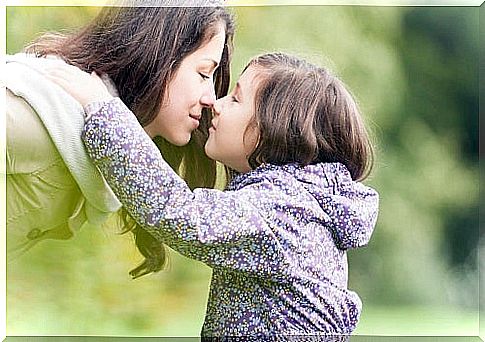
Negative feelings are painful, but they pass. Anger, sadness, disappointment, frustration, everything that makes you feel bad does not last forever. Given this, you can say something like:
- “Now you feel bad, but I guarantee that in a few minutes you will feel better.”
- “I understand that you are upset, even if you feel like crying, do it. Then you will be better ”.
Spend time
Your children should know that there is a time of day that you will spend listening to their problems or concerns, even when you are tired, overwhelmed or upset. You will have to overcome those emotions and dedicate time to them. In this sense, you can tell them:
- “Tell me how your day at school was today.”
- “How have you been at your cousins’ house?”
Ultimately, emotions illuminate or obscure the path of life. Helping our children to know and control their emotions is one of the greatest gifts that we can give them for their general well-being.




